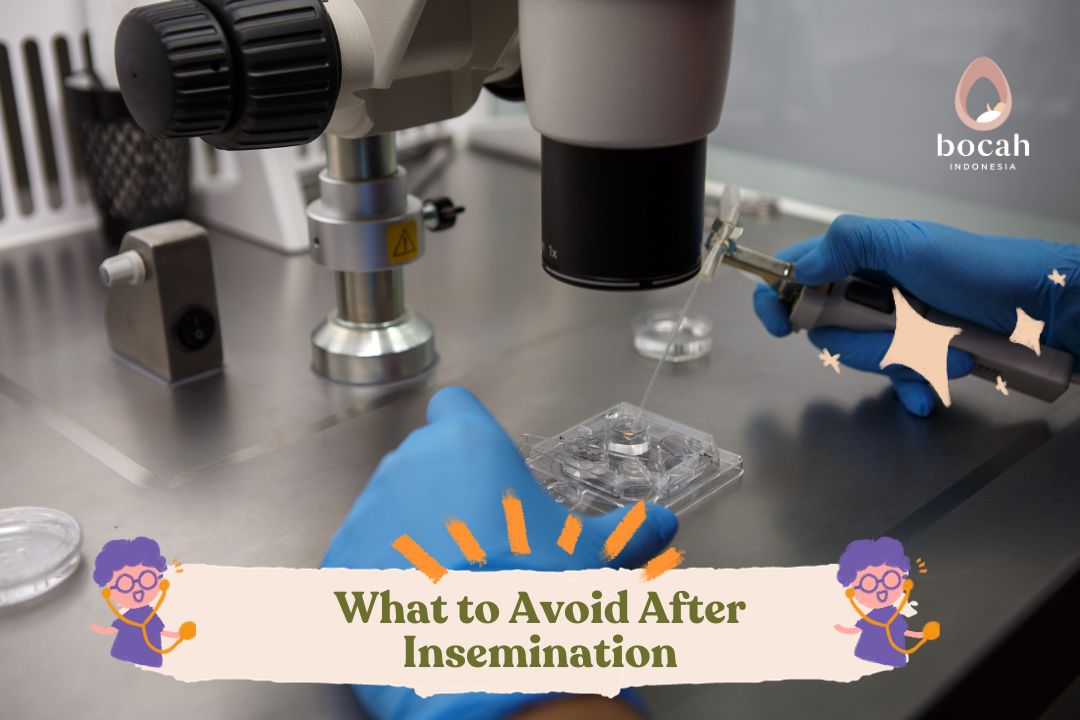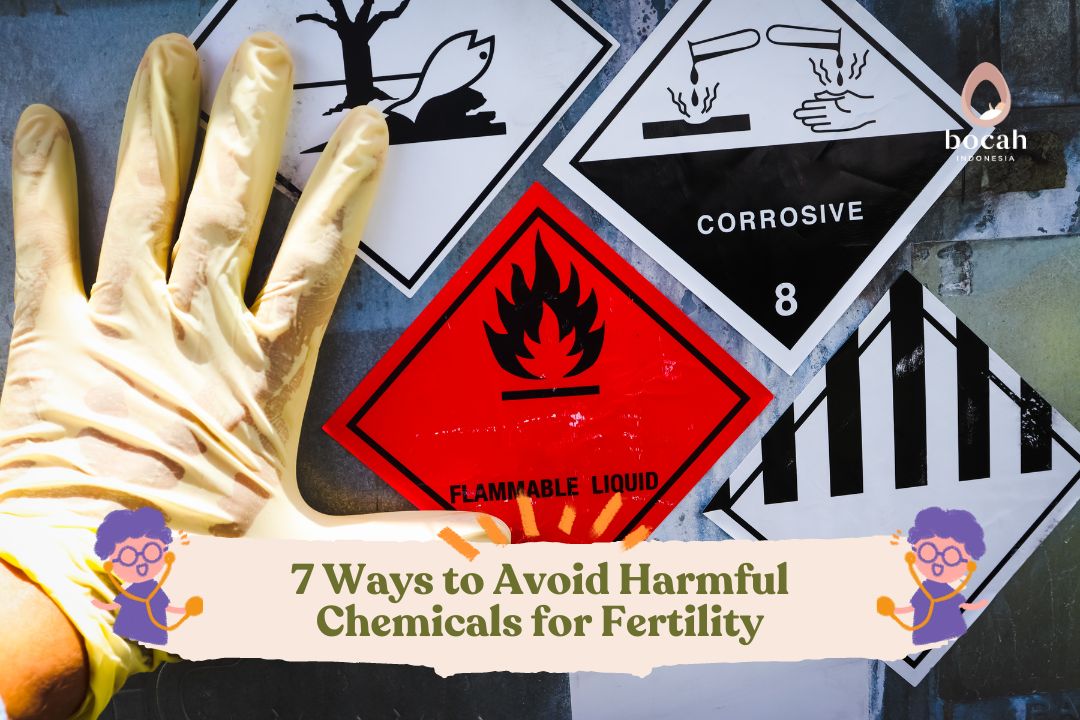Choose Sexual Protection? Avoid Latex

Latex condoms might be a choice for mothers and fathers to prevent pregnancy. However, be wary of the following dangers of latex material.
Latex condoms are an external contraceptive used by men. Latex is derived from rubber tree sap and has long been used in condom production due to its elasticity and water resistance.
Consistent and correct use of latex condoms can reduce the risk of transmitting Sexually Transmitted Diseases (STDs) and prevent pregnancy. However, there are some dangers of latex condoms that fathers should be aware of.
Dangers of Latex Condoms
While latex condoms are proven to be 98% effective in preventing pregnancy, some men might be allergic to latex. In this case, it is not recommended for fathers to use latex condoms due to the associated risks.
Latex allergy is a reaction to natural rubber latex, a substance derived from the sap of the rubber tree (Hevea brasiliensis). Many products are made from natural rubber latex, including gloves, balloons, and condoms. Reactions to latex can range from mild to severe, and in some cases, can even be fatal.
Tanya Mincah tentang Promil?
Individuals with a latex allergy can experience allergic reactions when they inhale or physically come into contact with latex. Anyone can develop a latex allergy, but some people have a higher risk of developing this condition.
Risk factors for latex allergy include:
1. Repeated Latex Exposure
Frequent contact with latex can cause the body to overreact and develop an allergic reaction. People who regularly use latex gloves are more likely to develop a latex allergy.
2. Frequent Surgical Procedures
Someone who has undergone multiple surgeries is at a higher risk of developing a latex allergy. Moreover, individuals with the condition spina bifida have a greater likelihood of having a latex allergy because treatments for this condition involve several medical procedures and surgeries at a young age.
3. Allergy History
A person can experience a latex allergy due to a history of allergies such as allergic rhinitis. People allergic to latex might also be sensitive to certain foods, like bananas, kiwi, avocados, and walnuts. The relationship between latex allergies and food allergies is referred to as the latex-food syndrome.
To date, there is no cure for latex allergy. Those affected by this condition should avoid products made from latex material and consider using alternative contraceptives if possible.
Latex Allergy Symptoms
Symptoms of a latex allergy can be mild or severe. They can appear immediately after exposure or a few hours later. However, some people might not experience symptoms upon their first contact with latex. Latex allergy symptoms include:
- Rash: Symptoms of a rash can appear within 8 hours after direct skin contact with latex-based condoms. The rash is accompanied by itching and a change in skin color to red.
- Burning Sensation: Another effect of latex-based condoms is an intense burning sensation in the Miss V, Mr. P, or skin areas in contact with the condom.
- Itching: One common symptom of a latex allergy is itching. This can be mild or severe. In men, itching is usually felt around the groin and penis area. In women, itching typically occurs around the vulva and vagina.
- Blisters: Prolonged contact with latex condoms can also cause the skin to blister. The fluid inside these blisters can be very painful. This could indicate the immune system’s defense against the latex effects in the condom.
- Anaphylaxis: The most severe allergic reaction to condom use is anaphylaxis. This allergic reaction can cause swelling of the lips, tongue, or even the throat; respiratory difficulties; chest pain; and a rapid heartbeat. Delayed treatment of anaphylaxis can be fatal, leading to airway constriction for both fathers and mothers.
Latex Condoms Can Still Cause STD Transmission
When used consistently and correctly, condoms are highly effective in preventing the sexual transmission of HIV, the virus causing AIDS. They also reduce the risk of other sexually transmitted diseases (STDs), including those transmitted through genital fluids, and to a lesser extent, ulcerative genital diseases.
Using condoms can also decrease the risk of genital human papillomavirus (HPV) infections and HPV-related diseases, such as genital warts and cervical cancer.
However, if condoms are not used correctly, their protective effect can be compromised even if used consistently. This can lead to STD transmission.
The most reliable way to avoid sexually transmitted diseases (STDs), including the human immunodeficiency virus (HIV), is by abstaining from sexual activity or maintaining a long-term monogamous relationship with an uninfected partner.
In summary, condoms are contraceptive tools proven to be 98% effective in preventing pregnancies. They safeguard sexual health and provide protection during sexual activities.
To determine if you are allergic to latex condoms, an allergy test is recommended. Before taking the test, it’s essential to consult with a doctor or medical professional.
Discuss your allergy history, sensitivities, and any medications you’re taking. The allergy testing process includes:
- A healthcare professional will apply a small amount of latex to a test area, typically on the forearm or back.
- Once applied, the skin is scratched or pricked with a tiny needle, allowing the latex to enter the skin layers.
- If no signs of an allergy appear within 24 hours, it means you’re not allergic to latex. However, if allergic reactions occur, consult with your doctor immediately.
For advice on latex allergies, you can consult with doctors at Bocah Indonesia. For more information about sexually transmitted diseases, pregnancy programs, and infertility, read other articles at Bocah Indonesia.
- Egg and Sperm Quality: The Key to Pregnancy Success for Couples - 30/05/2025
- How to Improve Egg Quality for IVF Success - 07/05/2025
- 4 Reproductive Health Disorders After Menopause - 24/04/2025





